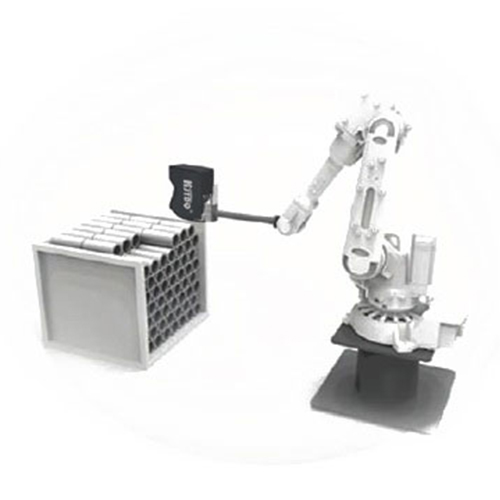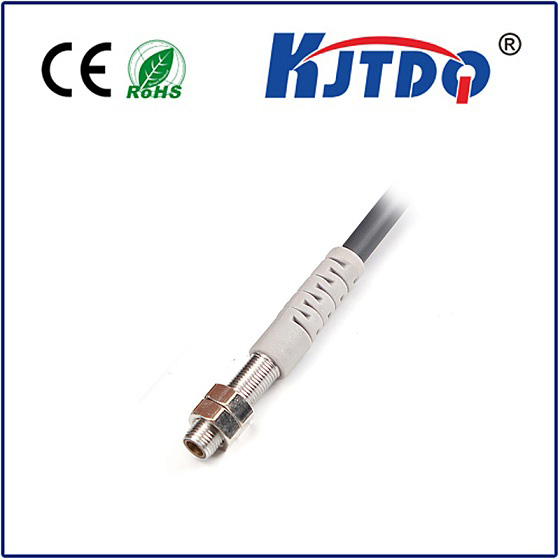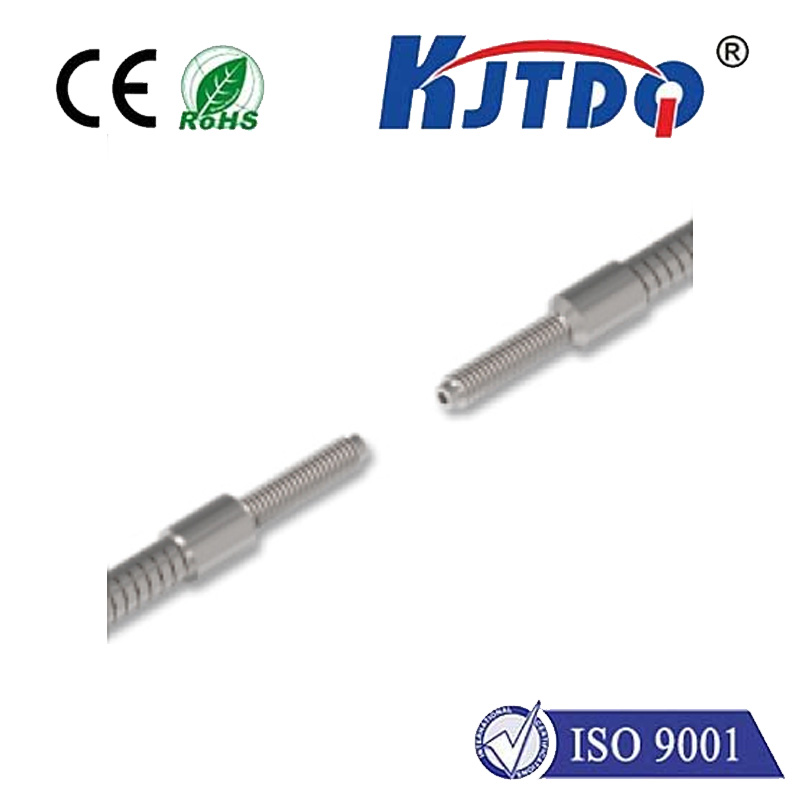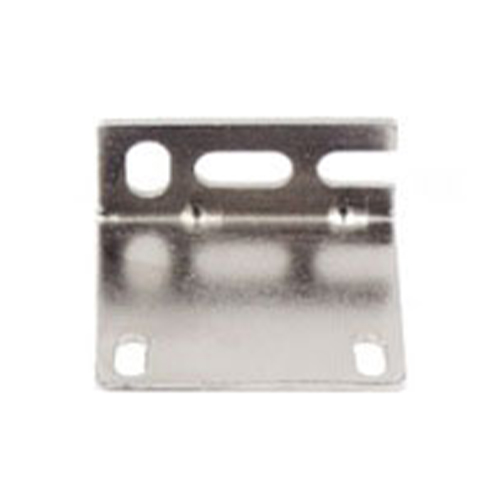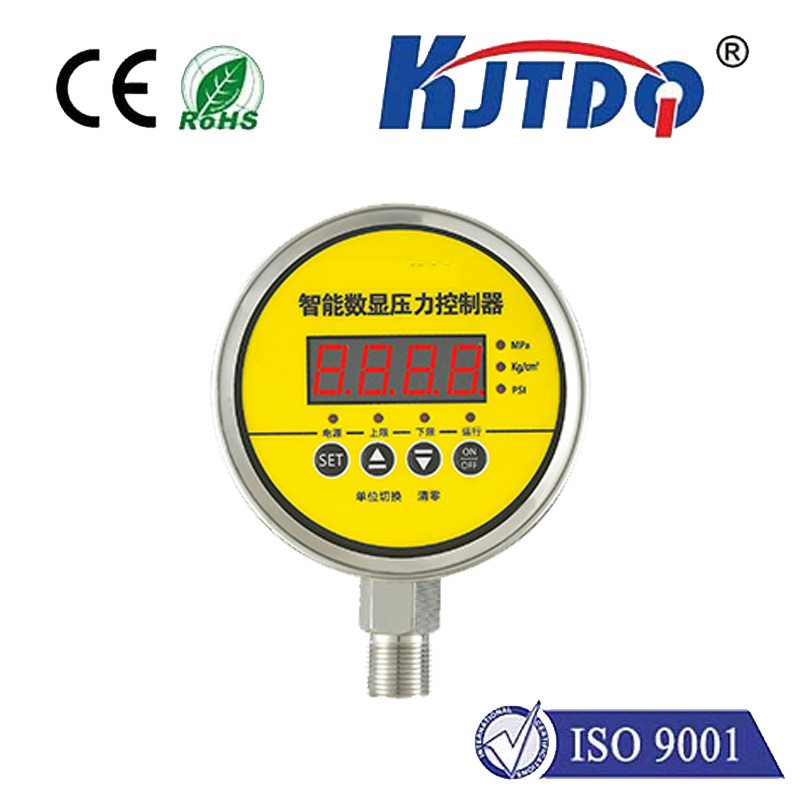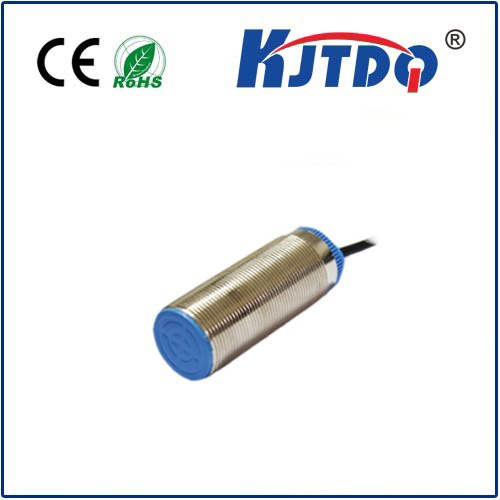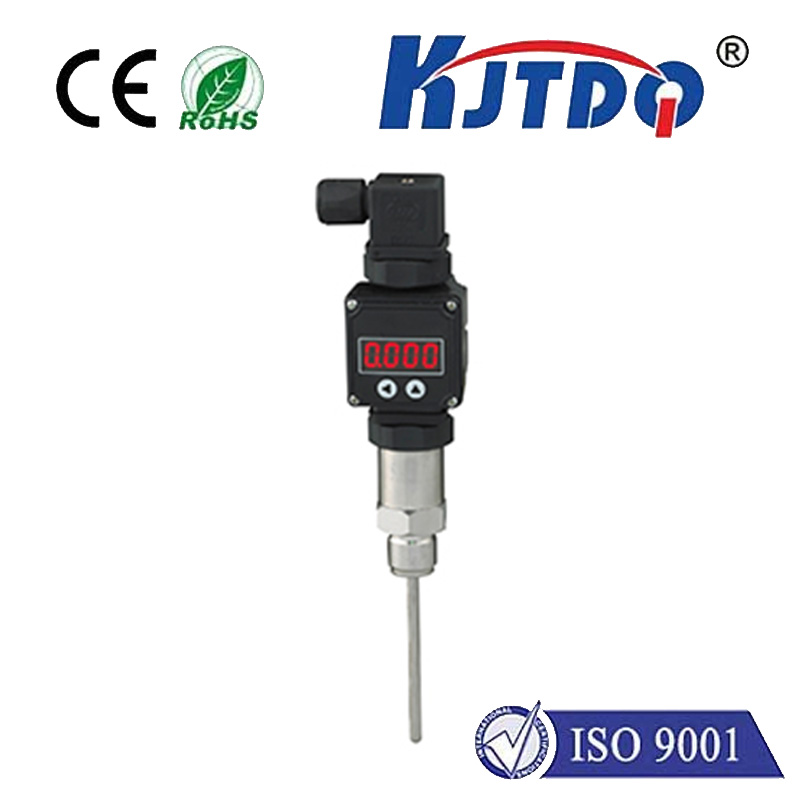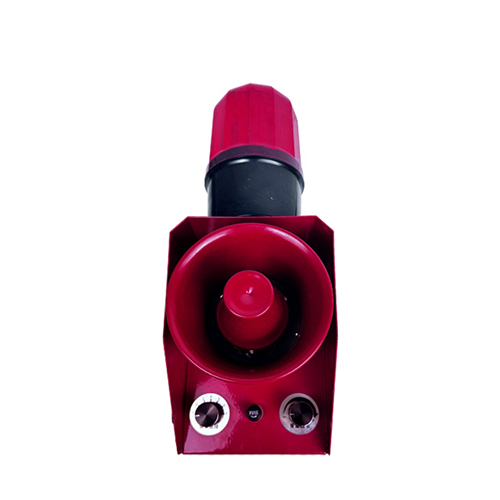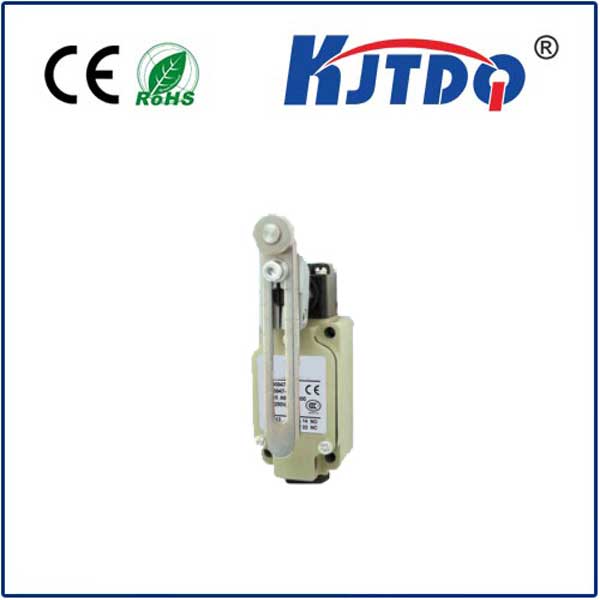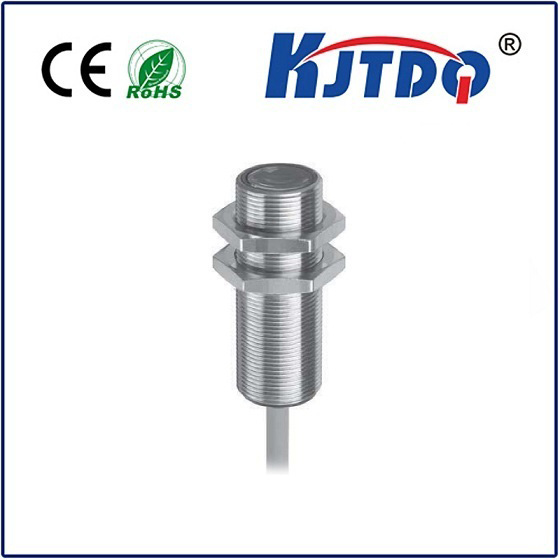

check

check

check

check

check

check

check

check

check

check
Industrial Limit Switches: Ensuring Precision in Manufacturing
Limit switches are an essential component in the industrial sector, particularly in manufacturing processes where precision and accuracy are paramount. In this article, we will explore the role of industrial limit switches and how they contribute to ensuring reliability and efficiency in various applications.
What is an Industrial Limit Switch?
An industrial limit switch is a type of sensor that detects the presence or absence of an object within its sensing range. It operates through physical contact with the object being sensed and sends a signal to control systems when the object reaches a certain position. This mechanism is critical for maintaining consistent operations in automated machinery and equipment.

Applications of Industrial Limit Switches
The use of industrial limit switches is widespread across various industries, including automotive, robotics, packaging, and material handling. They play a crucial role in machine control systems by monitoring the position, speed, and direction of moving components. For instance, in assembly lines, limit switches can be used to initiate or stop conveyor belts based on the presence or absence of products. In robotic arms, they help determine the exact location and orientation of grippers, ensuring precise placement and manipulation of objects.
Benefits of Using Industrial Limit Switches
One significant advantage of utilizing industrial limit switches is their ability to improve operational efficiency. By providing real-time feedback to control systems, these switches enable quick adjustments to maintain optimal performance levels. Additionally, industrial limit switches enhance safety measures by preventing machines from operating outside their designated parameters, reducing the risk of accidents and downtime due to mechanical failures.
Maintenance and Troubleshooting
While industrial limit switches are generally reliable and durable, regular maintenance is required to ensure their proper functioning. Common issues may include faulty wiring, misalignment between the switch and target object, or wear and tear on switch components. Proper troubleshooting involves checking for continuity using a multimeter and inspecting the physical condition of the switch and its mounting hardware.
Conclusion
In conclusion, industrial limit switches serve as critical components in numerous manufacturing processes. They provide accurate positioning information that is essential for efficient and safe operation of machinery and equipment. With proper installation, maintenance, and troubleshooting procedures in place, these switches can significantly contribute to improving productivity while minimizing potential risks associated with complex automation tasks. As technology advances, it is likely that industrial limit switches will continue to evolve, offering even greater precision and reliability for future manufacturing endeavors.
